Stare koryto Warty
Old Warta riverbed
© www.cyryl.poznan.pl
POL
near Poznań
Fetching images...
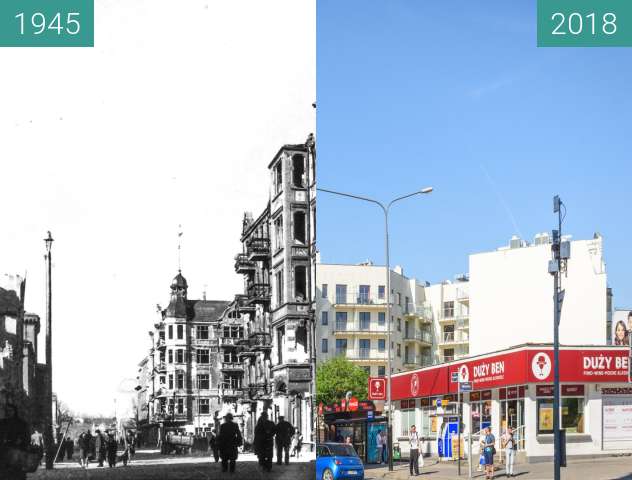
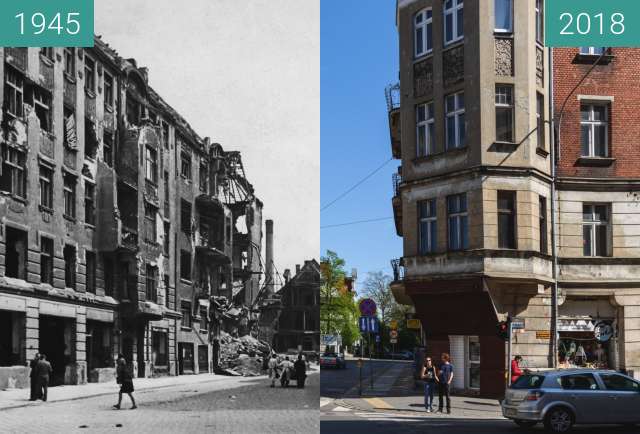
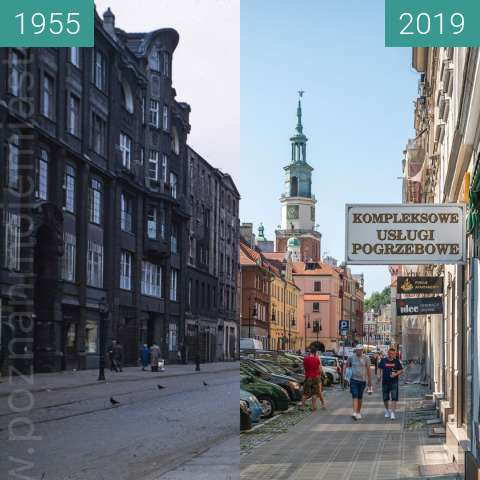
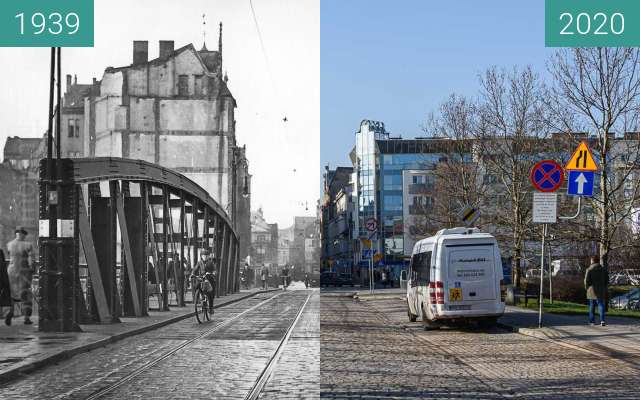
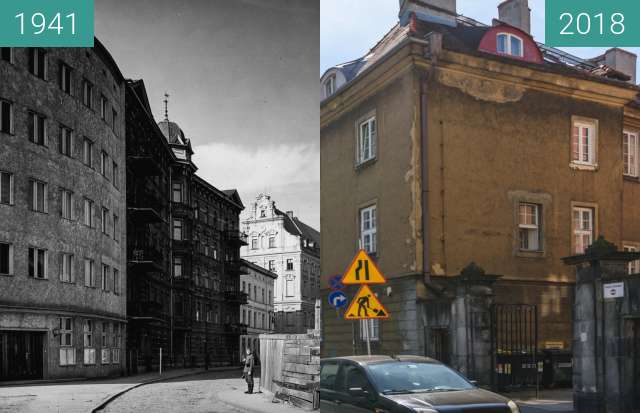
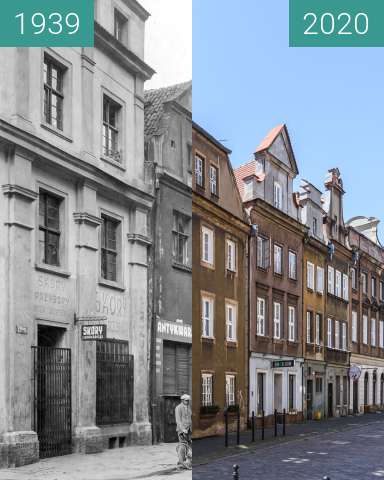
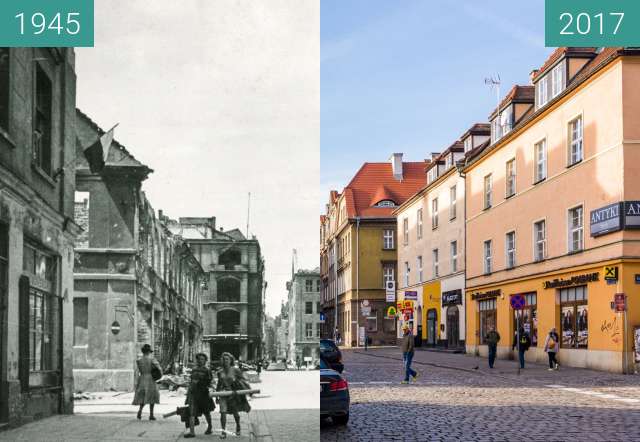
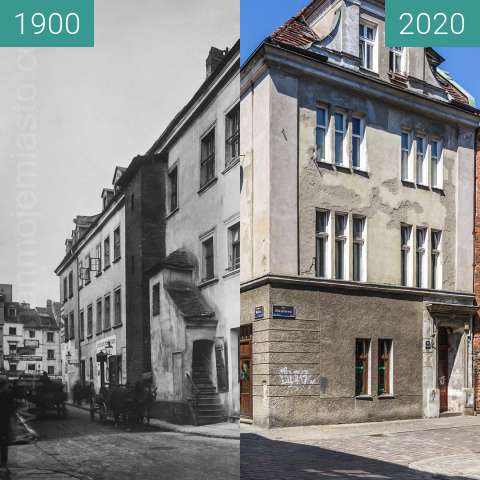
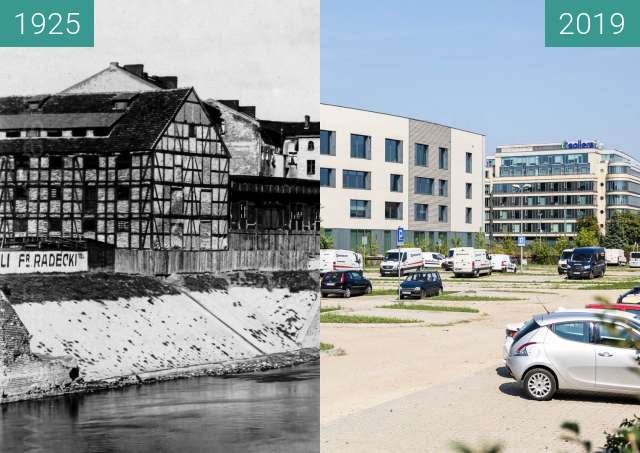
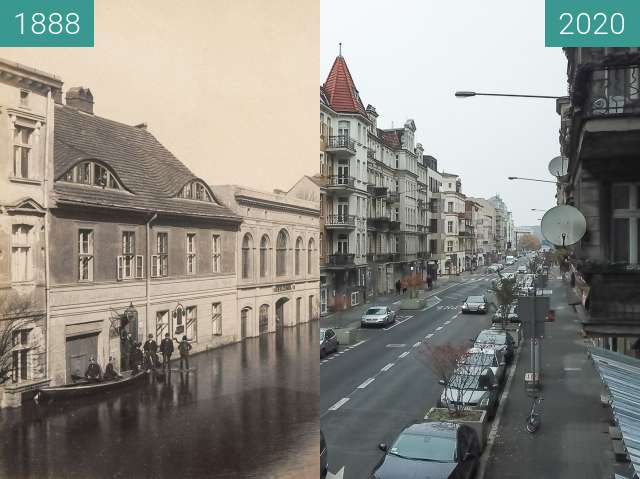
Przed regulacją Warta posiadała w Poznaniu wiele odnóg, tworząc liczne wyspy i wysepki. Do takich wysp należała np. Grobla, czy Chwaliszewo. W 1656 Szwedzi skierowali główny nurt rzeki do ramienia, które opływało Groblę od wschodu. Koryto zachodnie z czasem znacznie się zamuliło, wypłyciło oraz zwęziło i zaczęto je nazywać Zgniłą Wartą, także dlatego, że spuszczano doń miejskie ścieki. Do czyszczenia tego odcinka zatrudniano dorywczo więźniów i bezrobotnych. W latach 1896-1902 powstał port rzeczny, którego zabudowania i nabrzeża ciągnęły się aż do nieistniejącego obecnie mostu Chwaliszewskiego. Znaczenie portu zmalało w dwudziestoleciu międzywojennym. Wypływały stąd jednak statki wycieczkowe białej floty. Zgniła Warta była też, mimo zanieczyszczeń, popularnym miejscem kąpieli poznaniaków, zwłaszcza odcinek przy Starej Gazowni, gdzie dokonywano spustu ciepłych wód. Kąpano się tu jeszcze latem 1966. Projekt przebudowy poznańskiego węzła wodnego wykonał poznański oddział Biura Projektów Hydroprojekt w latach 1960-1964. W październiku 1968 oddano do użytku nowy kanał żeglugowy, a stare koryto zamknięto.
Źródło: https://pl.wikipedia.org/wiki/Stare_koryto_Warty_w_Poznaniu
Before regulation, Warta had many branches in Poznań, creating numerous islands and islets. Such islands included, for example, Grobla or Chwaliszewo. In 1656, the Swedes directed the mainstream of the river to the arm that flowed around the Dike from the east. Over time, the Western riverbed became significantly silted, shallow and narrowed and they were called Rotten Warta, also because it was drained of municipal sewage. Casual prisoners and the unemployed were employed to clean this section. In the years 1896-1902 a river port was built, whose buildings and quays stretched to the now non-existent Chwaliszewski Bridge. The importance of the port decreased in the interwar period. However, white fleet cruise ships sailed from here. Rotten Warta was also, despite the pollution, a popular bathing place for Poznań residents, especially the section at the Old Gasworks, where warm waters were drained. Bathing was still here in the summer of 1966. The design of the Poznań water node was redeveloped by the Poznań branch of the Hydroprojekt Design Office in 1960-1964. In October 1968 a new shipping channel was commissioned and the old channel closed.
Source: https://pl.wikipedia.org/wiki/Stare_koryto_Warty_w_Poznaniu